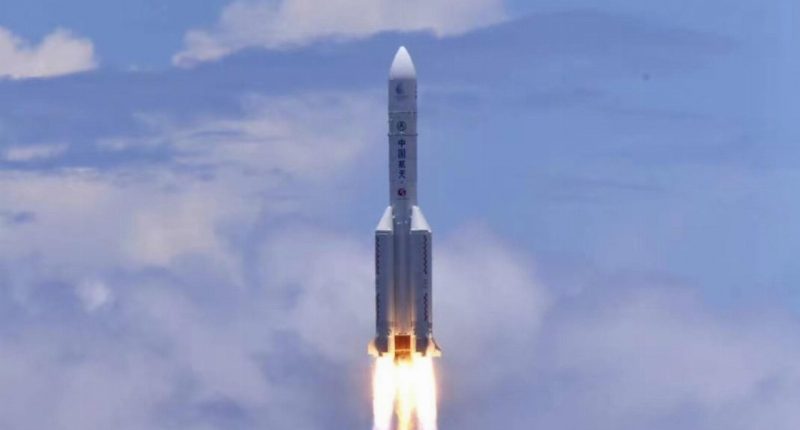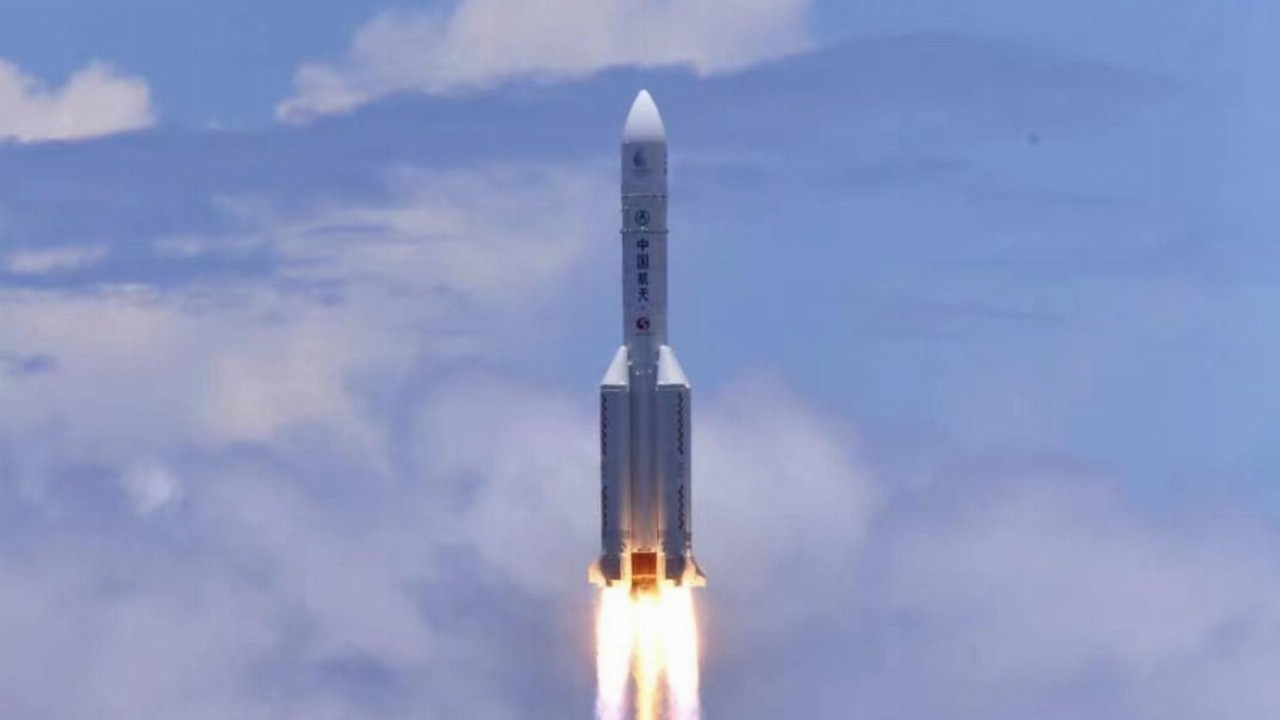- Following a six-and-a-half month journey, an unmanned Chinese spacecraft has successfully entered orbit around Mars
- Tianwen-1 will attempt to land a capsule carrying a 240-kilogram rover in May or June this year
- The solar-powered rover will explore the planet’s surface for 90 days, studying its soil and seeking signs of ancient life, including any sub-surface water and ice
- It’s one of three probes anticipated to reach Mars this month, including the Hope spacecraft launched by the United Arab Emirates and the United States’ one-tonne Perseverance probe
- Perseverance will gather rock samples for retrieval by a future mission and will attempt to deploy a small helicopter, Ingenuity, in the thin Martian atmosphere
Following a six-and-a-half month journey, an unmanned Chinese spacecraft has successfully entered orbit around Mars.
In the country’s first mission to the red planet, the robotic probe carried out a 15-minute burn of its thrusters, slowing the spacecraft to a speed at which it could be captured by the pull of Mars’ gravity.
According to the China National Space Administration, Tianwen-1 — or “Questions to Heaven”, the name of a Chinese poem written two millennia ago — will attempt to land a capsule carrying a 240-kilogram rover in May or June this year. The seven-minute descent is expected to land the capsule on a massive plain in the northern hemisphere of Mars known as Utopia Planitia.
If successful, the solar-powered rover will explore the planet’s surface for 90 days, studying its soil and seeking signs of ancient life, including any sub-surface water and ice using a ground-penetrating radar.
The probe is one of three anticipated to reach Mars this month. The Hope spacecraft launched by the United Arab Emirates successfully entered the planet’s orbit earlier this week but is not expected to make landing. Instead, it will orbit Mars, gathering data on its weather and atmosphere in the process.
Tianwen-1 will also have an orbiter component surveying the atmosphere with a range of instruments, including a high-resolution image camera.
In what is the United States’ most ambitious Mars mission to date, the one-tonne Perseverance probe is expected to arrive on February 18 and will immediately attempt a landing in a rocky depression amid precipitous cliffs known as Jezero Crater.
Once there, Perseverance will gather rock samples for retrieval by a future mission. It will also attempt to deploy a small helicopter, Ingenuity, in the thin Martian atmosphere.








